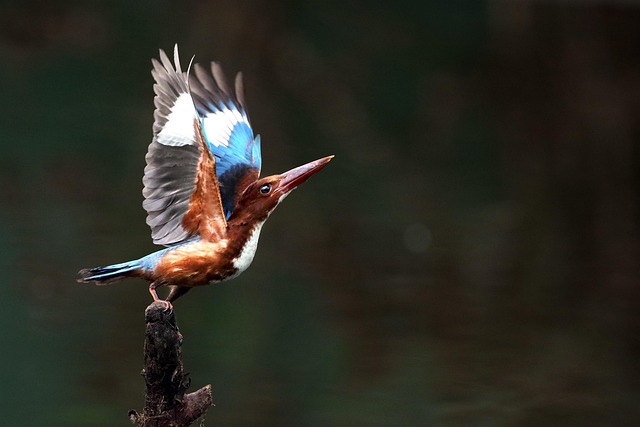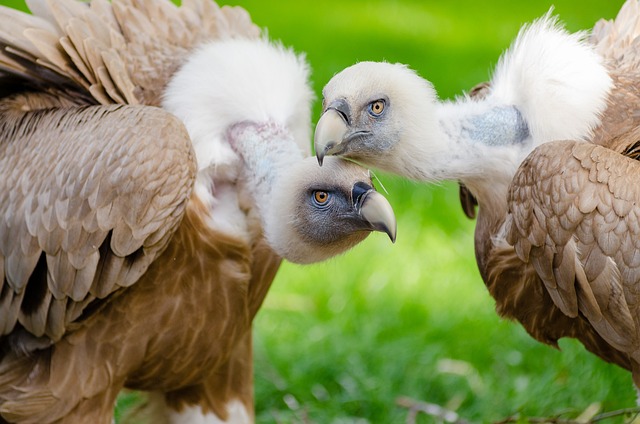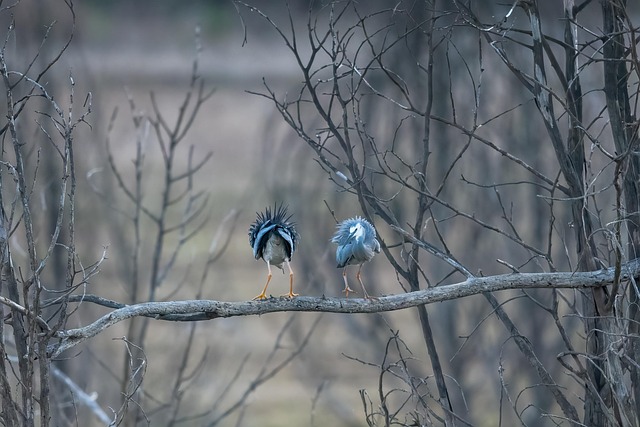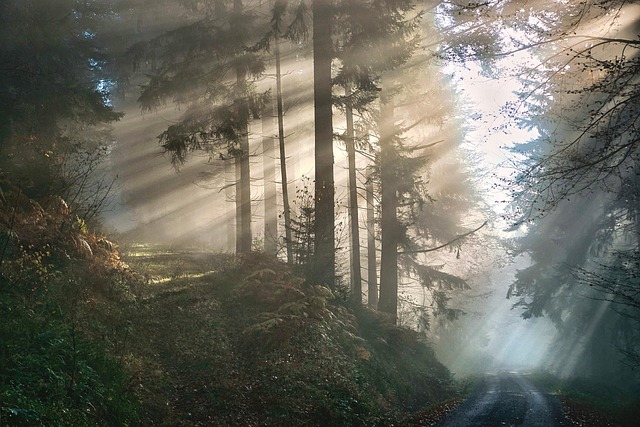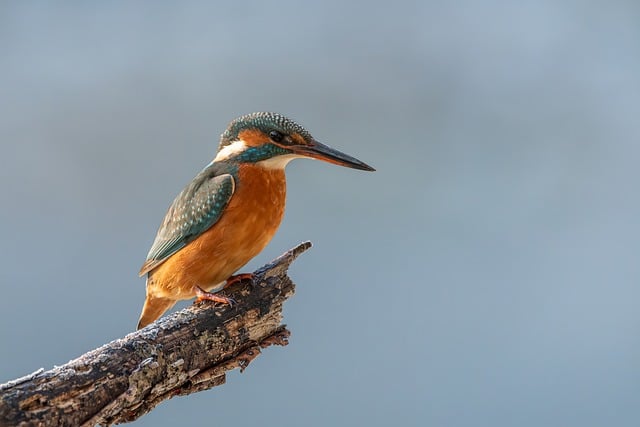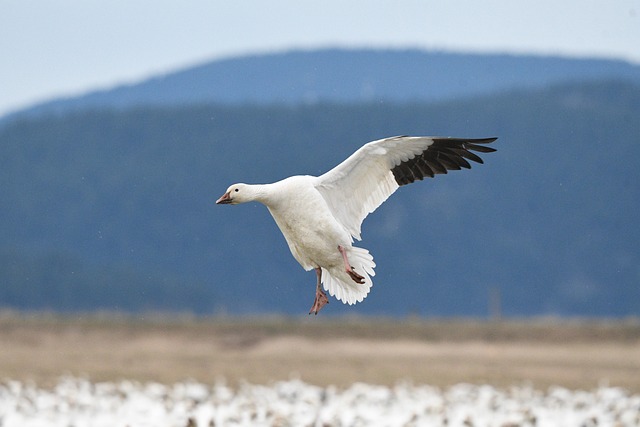Birdwatching in Eugene, Oregon is best during spring (March-April) and fall (September-November) migration seasons for diverse species like warblers, vireos, and Greater Sage-Grouse. The city offers year-round bird watching in habitats like Alton Baker Park, Willamette River Gorge, and James F. Stumme Natural Area. Plan trips during peak migrations, arrive early or stay until dusk, bring binoculars, appropriate attire, and a field guide for optimal experiences.
Discover the best times and places for birdwatching in Eugene, Oregon. With its diverse ecosystems and abundant avian life, Eugene offers year-round opportunities for nature enthusiasts. In this guide, we’ll explore the optimal seasons for birdwatching, highlighting the seasonal migrations that attract a wide variety of species. From top local spots to practical tips, elevate your birdwatching experience in Eugene, Oregon.
- When is the Best Time to Birdwatch in Eugene?
- Seasonal Migrations: Attracting Diverse Species
- Top Locations for Observing Local Avian Life
- Tips for Optimal Birdwatching Experiences
When is the Best Time to Birdwatch in Eugene?

The best time for birdwatching in Eugene, Oregon is during the spring and fall migration seasons. These periods see a surge in bird activity as species travel between their breeding grounds and wintering areas, making it an ideal time for enthusiasts to spot a diverse range of feathered friends.
In early spring, around March and April, birds return from their southern habitats, offering viewers a chance to observe warblers, vireos, and even the elusive Greater Sage-Grouse. As autumn sets in, from September to November, migrants begin their journey south, providing another opportunity to catch a glimpse of various species passing through.
Seasonal Migrations: Attracting Diverse Species
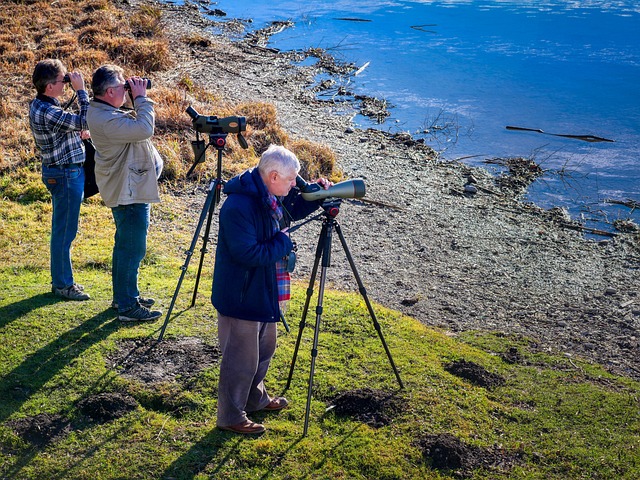
Birdwatchers in Eugene, Oregon, are treated to a dynamic spectacle during seasonal migrations, which attract an incredible diversity of feathered visitors. Spring, in particular, is a bustling time for birdwatching as many species return from their wintering grounds, eager to reclaim territories and mate. This period sees a surge in the number of warblers, thrushes, and vireos, painting the landscape with vibrant hues and melodious songs.
As summer approaches, the focus shifts to different birds, including striking hawks and majestic eagles, who return to take advantage of the abundant food sources and nesting opportunities. Fall migrates bring a new set of species, such as stunning shorebirds and graceful gulls, adding another layer of excitement for local birdwatchers. These seasonal migrations make Eugene a year-round paradise for enthusiasts, ensuring there’s always something new to discover in the rich avian tapestry.
Top Locations for Observing Local Avian Life

Eugene, Oregon, is a haven for birdwatchers, offering diverse habitats and top locations to observe local avian life throughout the year. The city’s proximity to lush forests, wetlands, and open spaces makes it an ideal destination for those seeking to catch a glimpse of various feathered friends.
Some of the best spots include Alton Baker Park, with its dense forest canopy and seasonal bird migration routes; Willamette River Gorge, known for its riverbank habitats and diverse waterfowl; and James F. Stumme Natural Area, a an expansive park featuring meadows, forests, and wetlands teeming with songbirds and raptors. These locations provide excellent opportunities to spot common residents as well as migratory species, making Eugene a top choice for birdwatching enthusiasts in the Pacific Northwest.
Tips for Optimal Birdwatching Experiences

For the best birdwatching experiences in Eugene, Oregon, planning your visit around peak migration seasons is key. Spring and fall offer the most diverse species due to migratory patterns. During early spring, many birds return from their winter homes, while late fall sees them gathering for their southward journey.
To enhance your birdwatching, arrive early or stay until dusk when birds are most active, and bring binoculars for a clearer view. Dress appropriately for the weather, as well, as some of Eugene’s bird hotspots may involve walking on varied terrain. Don’t forget to keep a field guide handy to help identify different species and make the most of your time exploring Oregon’s rich avian diversity.
